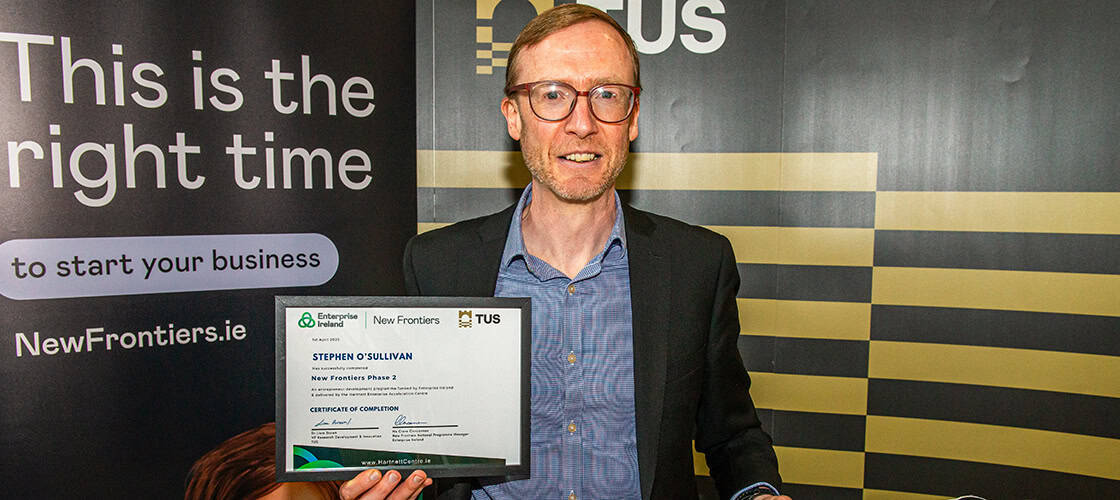

Good customer experience is the foundation of any sustainable business. It fosters loyalty, justifies pricing, and differentiates you in competitive markets. Conversely, a poor experience damages your reputation and ultimately costs you money. Stephen O’Sullivan saw an opportunity to improve customer experience through better engagement and created I Left You A Note, which is currently delighting hotels and their guests across the country. We spoke to Stephen to learn more.
The service recovery paradox
There’s a phenomenon called the service recovery paradox, where a customer thinks more highly of a company after it has corrected a service failure than if the failure had never happened at all. But what happens when you don’t know you’re failing a customer in the first place? They may say nothing about it to you but go on to complain loudly online once it’s too late for you to do anything.
For businesses in the service industry, this may be an all too familiar pattern. And in the hotel sector, it can be a very expensive cycle. Stephen has crunched the numbers and calculated that one bad review could cost a 70-bed hotel between €15,000 and €20,000 the following month. It’s a loss that’s difficult to spot by nature, but it’s very real. And often avoidable.
The original idea for I Left You A Note was simple. A QR code displayed prominently in hotels and restaurants allows guests to quickly send a message to the front desk or front of house if there’s something not right. Stephen already had experience working on an app project – he had worked with a developer to create an app that helps runners find people to run with – so he was keen to jump in and get hands-on with this new project.
Client discovery and a change in focus
The New Frontiers programme was recommended to Stephen, and he joined Phase 1 in Cork in May 2024. Two major factors shaped the development of his platform: AI and customer discovery.
“The client discovery was so valuable. We spoke to about 80 restaurants and 40 hotels and did a handful of pilots. What we learned was that restaurants did value the tool but that its benefit was much higher in a hotel. The breakdown of communications in that environment has a bigger impact. This showed us that there were other areas the platform could evolve into. The core part is the same, but it has changed from being something very simple to something very complex.”
I Left You A Note turns negatives into positives for the hotels. It supports the whole guest journey (pre-stay, in-stay, and post-stay) by giving them easy communication channels and fast resolution of questions or issues. A digital concierge is tailored with a knowledge bank specific to each hotel so that it can answer common questions about things such as parking, pets, or pool opening times (it currently handles up to 85% of standard recurring queries, freeing up around 0.8% FTE for the front desk). Once guests are checked in, messages can be sent about timely information such as the day’s specials in the restaurant. After checking out, the guest receives a short questionnaire about their stay. If they answer positively, they can then be prompted to leave a rating on one of the review websites.
Actionable insights for hotels
Stephen spent 25 years working as an actuary, so it’s not surprising to learn he is truly passionate about data and statistics. Hotels, he explains, are sitting on treasure-troves of data that go mostly unexplored. By harnessing AI, he has developed the platform to analyse all this information and feed it back in a digestible format that the hotel can action. A sentiment analysis is produced each week and there are reports such as a SWOT analysis (strengths, weaknesses, opportunities, and threats) that go deeper for informed decision-making.
“We were building the first version of I Left You A Note as the AI boom was happening. We were lucky in that regard – if we had been building it a year earlier, we would have had to essentially start again to bring the AI capability into the platform. Our competitors have the advantage of being established in the market, but retrofitting AI into their solutions is not proving easy for them.”
After Phase 1 of New Frontiers, Stephen joined the Phase 2 programme in Limerick and was later accepted onto their Phase 3. In the past year, he has built out the functionality of the platform, onboarded a range of hotel clients across Ireland, put together his panel of business advisors, and prepared to raise funding. The team’s focus has shifted from platform development to building awareness, generating sales, business development, and backend support for clients.
Using AI to work smarter
AI hasn’t just been integrated into the platform; Stephen uses it to help him work on the business too. He has created GPTs specialising in programming, sales, marketing, and other functions that he uses on a daily basis. By embracing these capabilities, he has been able to grow the business faster and spare himself the huge challenge of funding substantial staffing costs so early on. He advises other founders to do the same.
“If you’re not sure what these AI platforms can do or if you’re doing it ‘right’, ask them. You have to work at it – it’s like learning a language – but just start trying things out. It’s incredible intuitive once you do a bit with it. You’ll find your way and learn what to expect and what the limitations are. If you can use AI to unlock data or information or services, the money and effort you’ll put in are very small compared to what you’ll get back. The return on investment for AI is through the roof, so don’t let the data sit there wasted but find ways to tap it!”
With this combination of hard work, data-centric product development, and AI support, Stephen has been able to develop a complex platform with customisable intelligence in record time. He has taken I Left You A Note beyond a mere engagement platform to something that integrates seamlessly into the daily realities of hotel management and delivers tangible value. It liberates staff from mundane tasks so that they can get out and do what they trained for – helping people to have an enjoyable and memorable stay. Stephen went on to win the Best Business Innovation award at the showcase event that marks the end of Phase 2 of New Frontiers. He says he has loved every minute of the startup journey so far.
“I can’t put a price on the satisfaction I get from doing this. We’ve gone from “maybe this could be a handy thing” to now hotels using and loving the platform and being happy to pay for it. It’s just phenomenal. When hotels send us customer testimonials, it gives me pure joy. I have only positive things to say about New Frontiers and the support it offered along the way. ‘Game-changer’ doesn’t do it justice. Being part of a cohort, all in the same boat as you, is part of that. We still have a Monday morning huddle – kind of like an accountability session – even though Phase 2 is over. It’s been great.”
Learn more about I Left You A Note.
About the author
 Scarlet Bierman
Scarlet Bierman
Scarlet Bierman is a content consultant, commissioned by Enterprise Ireland to fulfil the role of Editor of the New Frontiers website. She is an expert in designing and executing ethical marketing strategies and passionate about helping businesses to develop a quality online presence.
Recent articles

Founder Perspectives: Lessons From Building Businesses In Sustainability

Tech Startups In The Age Of AI: Alumnus Paul Savage On Speed, Quality & Risk
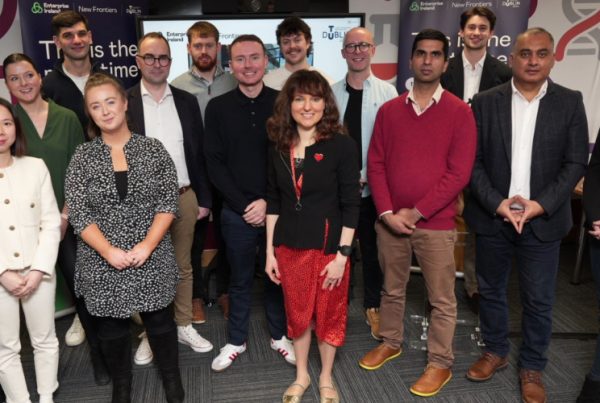
Fourteen Startup Founders Graduate From Phase 2 Of New Frontiers In Tallaght
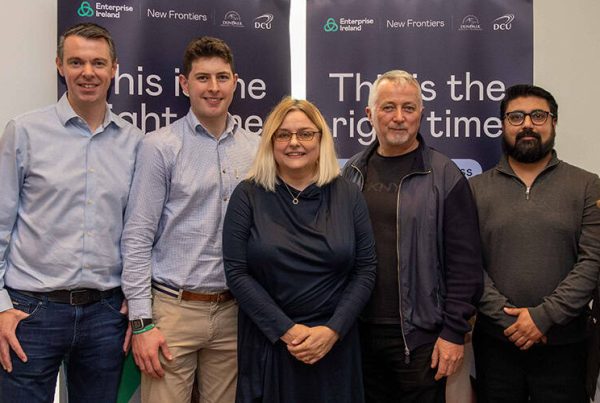
Eleven Founders Graduate From New Frontiers In The Border Mid-East Region

Laying The Right Groundwork Helps Startups Prepare For Export Success
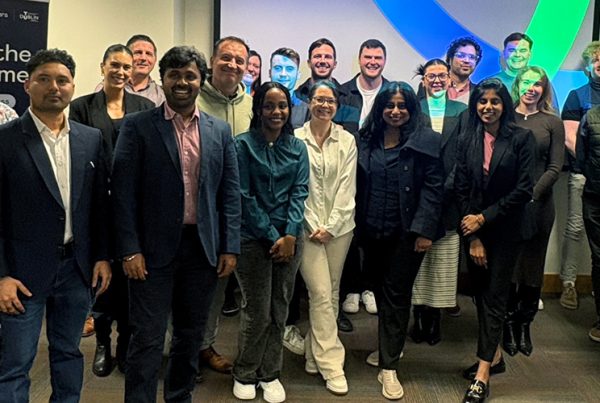
Startup In Dublin: Learn More About New Frontiers On TU Dublin’s Grangegorman Campus
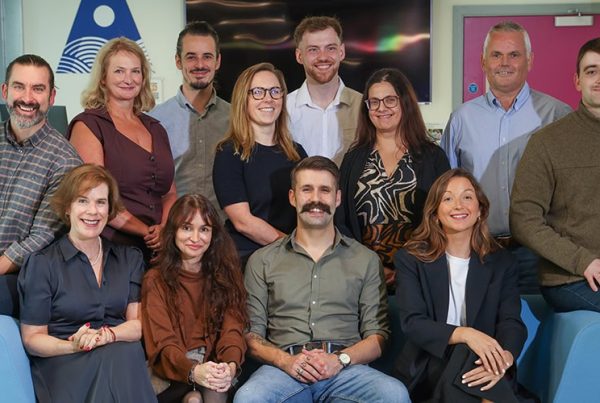
Michael Furey On The Success Of Ronspot: “The Most Important Thing Is Research”
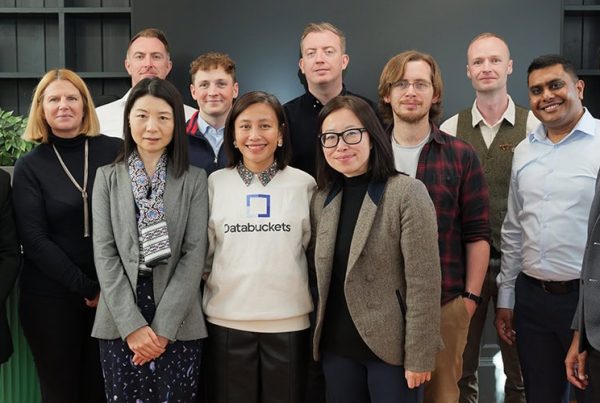
 Scarlet Bierman
Scarlet Bierman

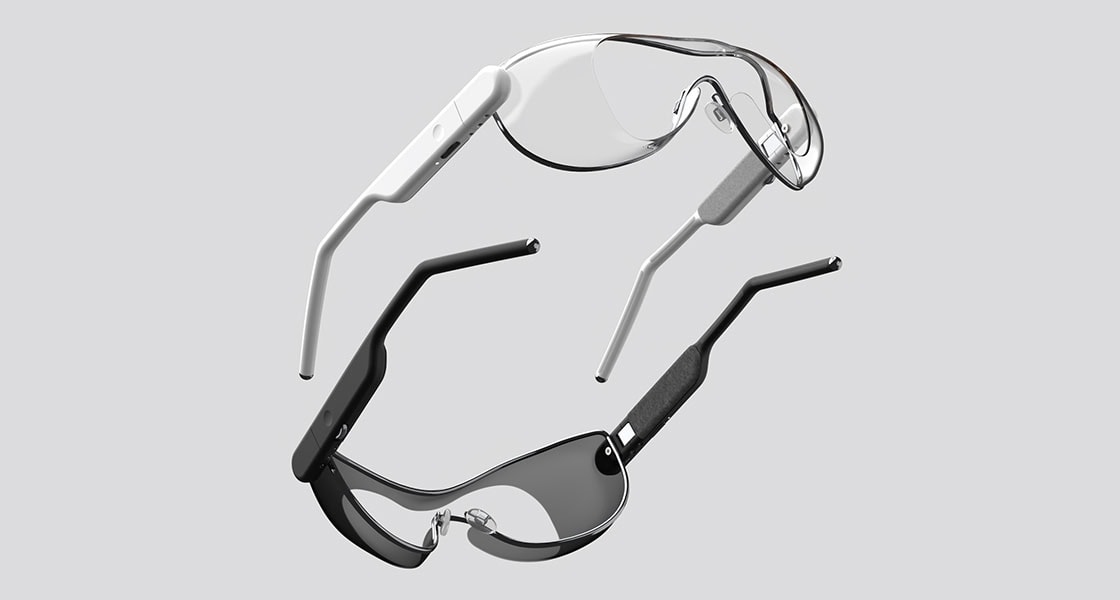
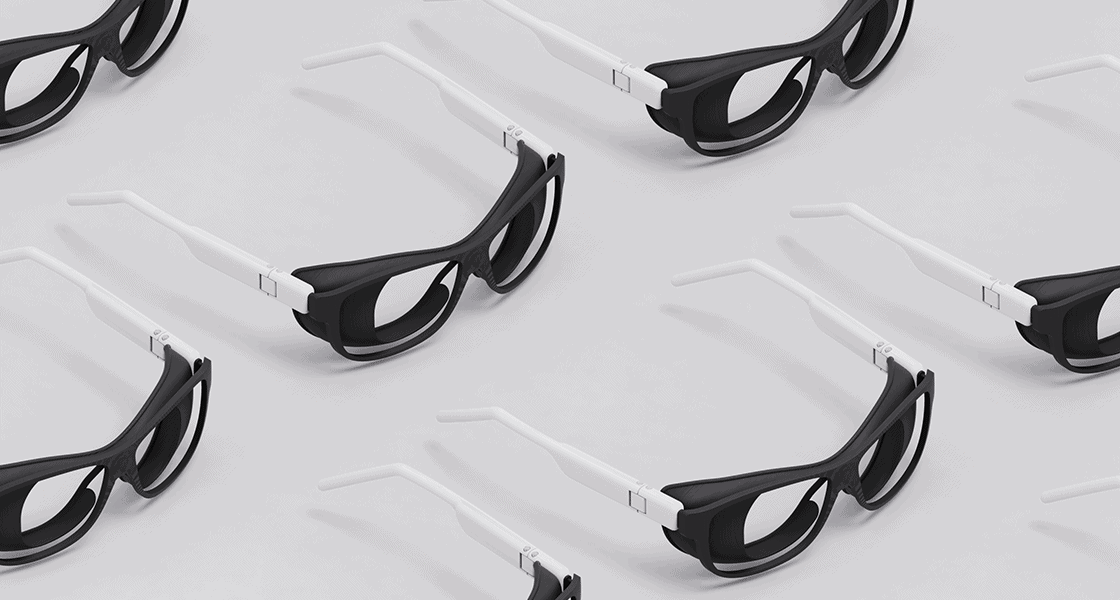

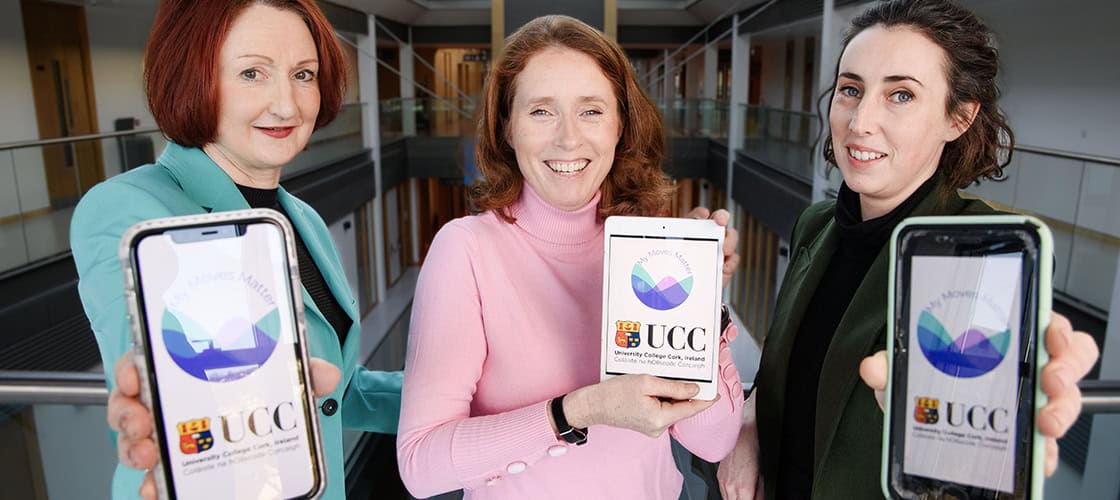

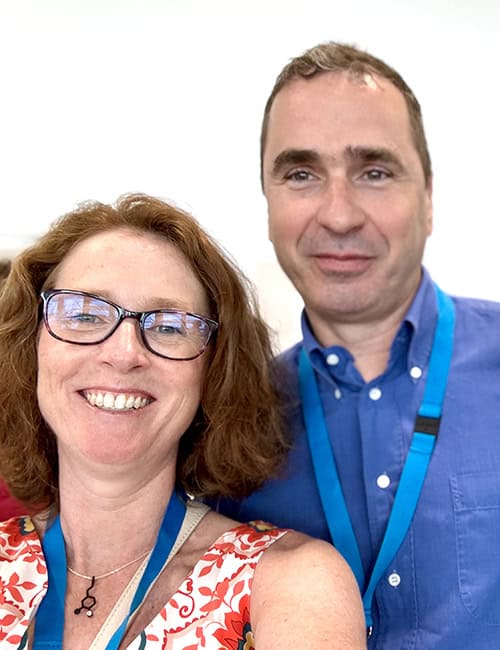
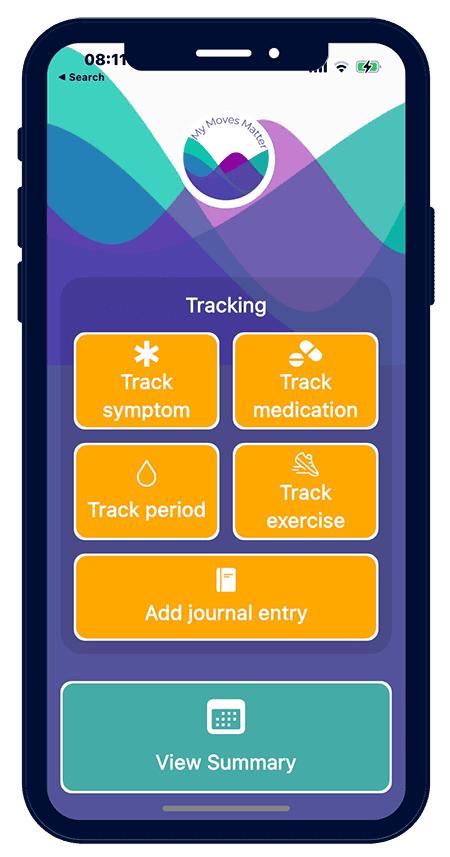 The My Moves Matter app was launched last July. It’s free for anyone with Parkinson’s and available for Apple or Android, with currently 1,100 users. It helps people track their diet, medication times, exercise, sleep, and hormonal fluctuations – all of which affect how well someone can live with Parkinson’s Disease. In addition, the app supports the input of clinical trial IDs, which means it is helping to fill that critical research gap. Right now, My Moves Matter is working with the University of Cork on a global pilot study (where women at different hormonal life stages track their PD symptoms over four months) and with France Parkinson’s (a trial in four neurological centres for French women tracking their symptoms across the menstrual cycle).
The My Moves Matter app was launched last July. It’s free for anyone with Parkinson’s and available for Apple or Android, with currently 1,100 users. It helps people track their diet, medication times, exercise, sleep, and hormonal fluctuations – all of which affect how well someone can live with Parkinson’s Disease. In addition, the app supports the input of clinical trial IDs, which means it is helping to fill that critical research gap. Right now, My Moves Matter is working with the University of Cork on a global pilot study (where women at different hormonal life stages track their PD symptoms over four months) and with France Parkinson’s (a trial in four neurological centres for French women tracking their symptoms across the menstrual cycle).

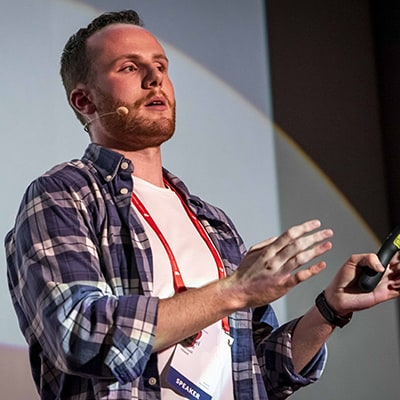

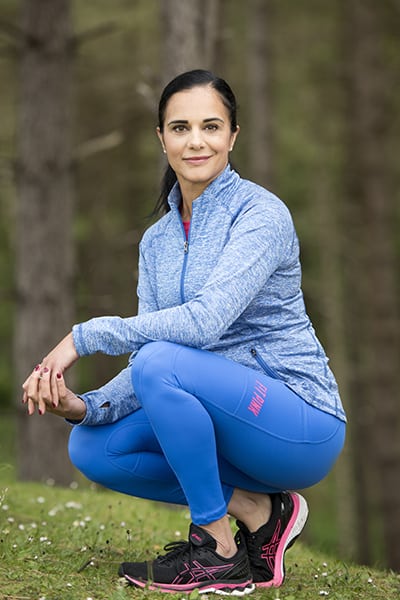
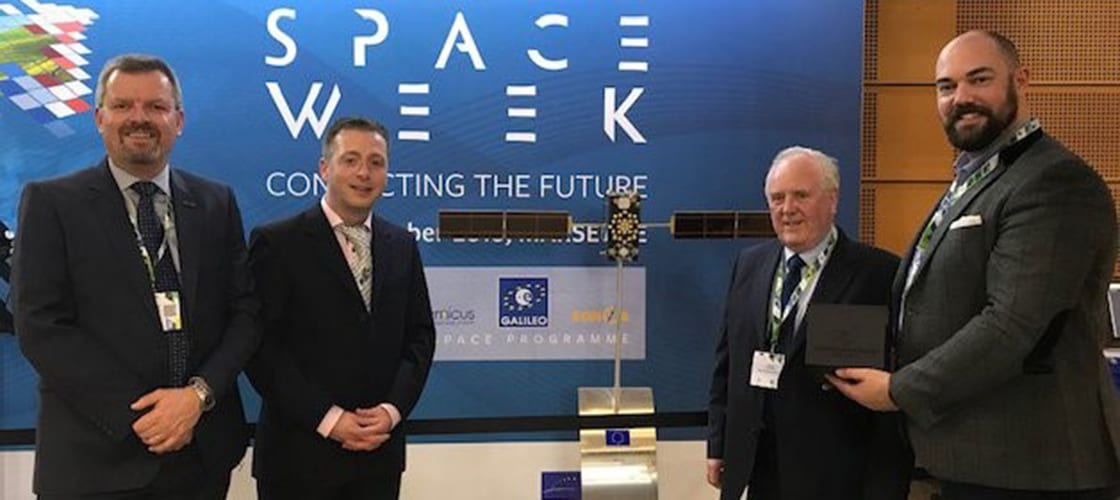
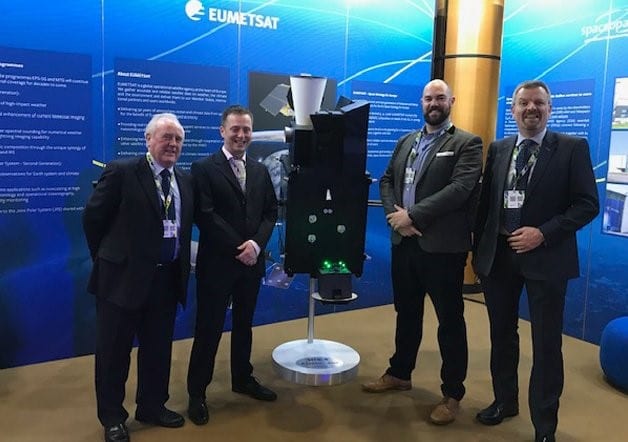
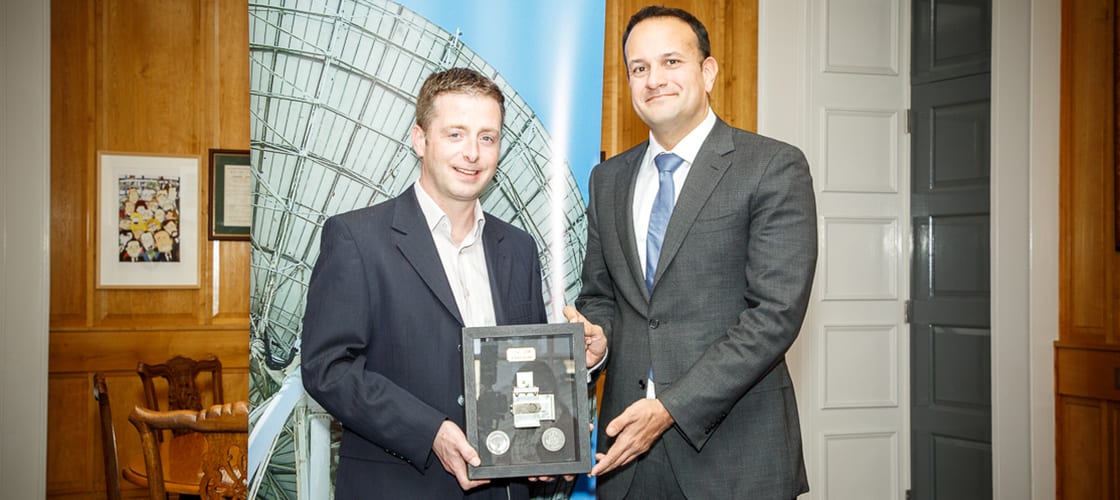
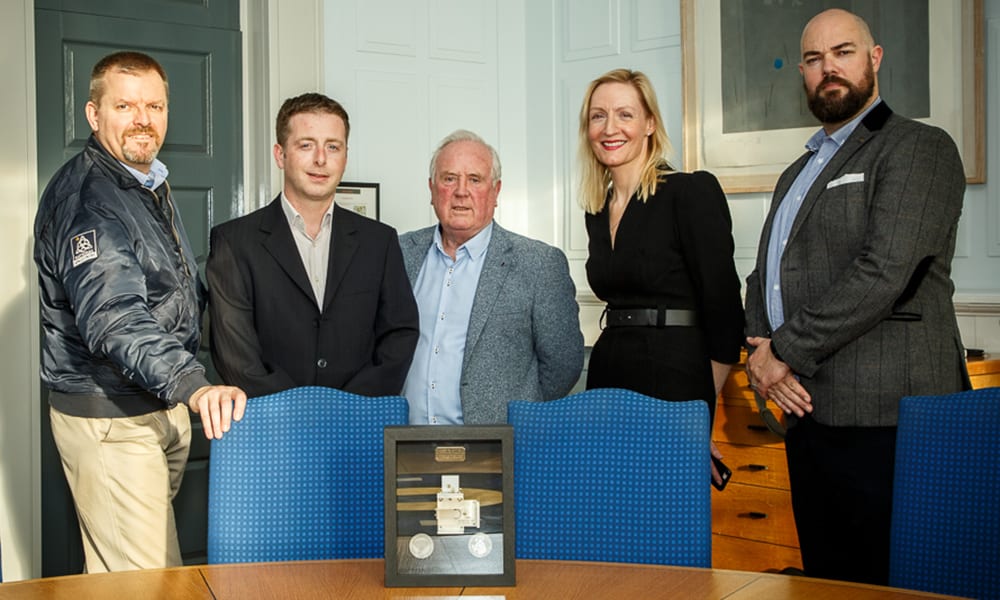
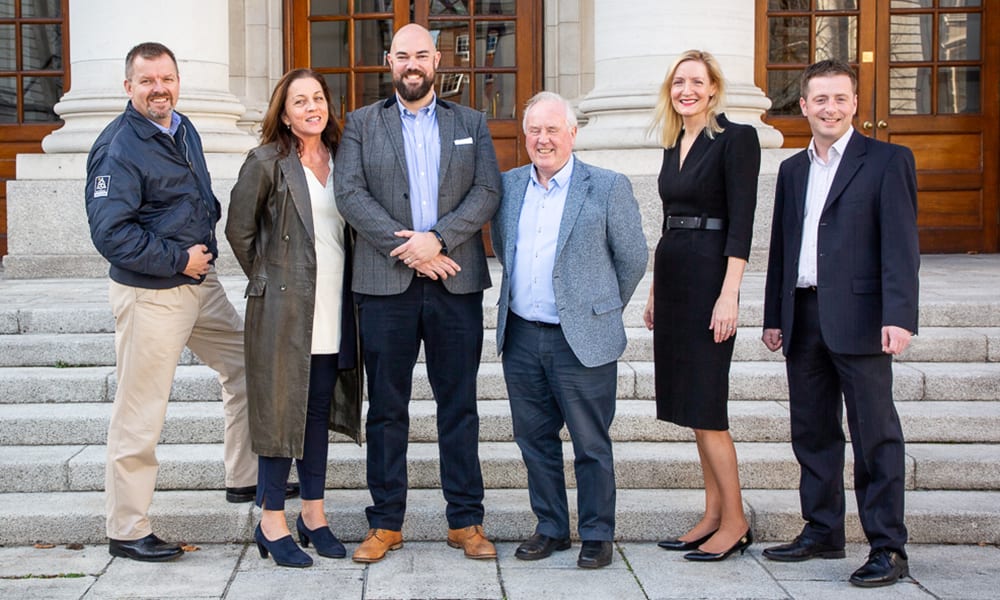
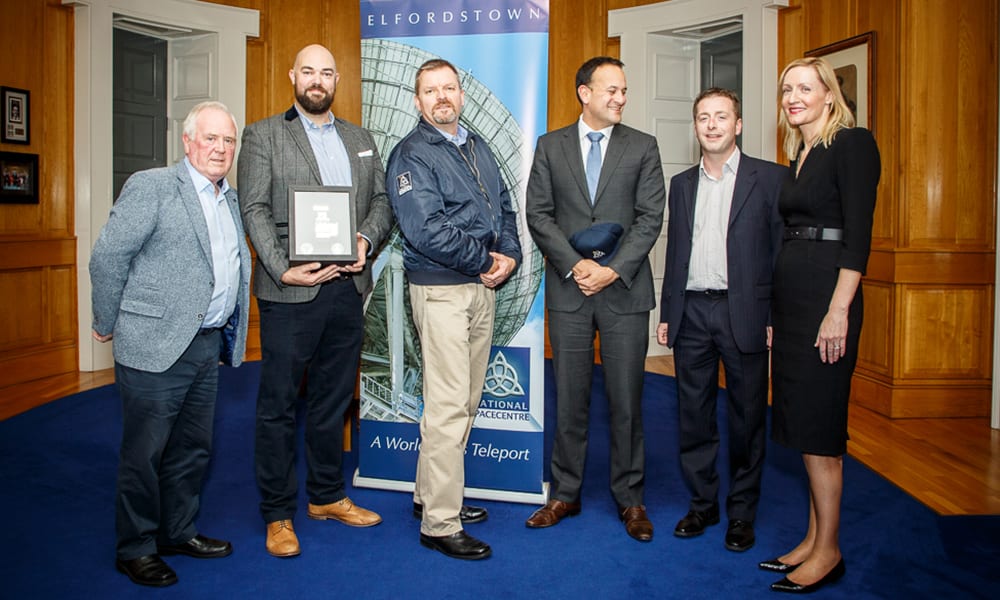

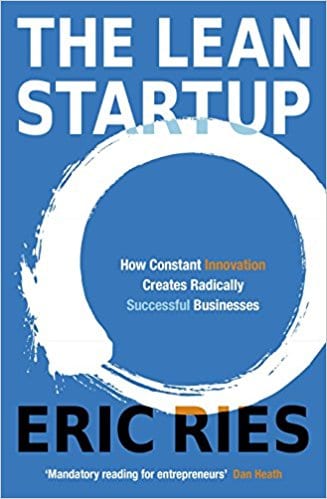 The customer-focused development process which was originally developed by
The customer-focused development process which was originally developed by  Dara Burke
Dara Burke
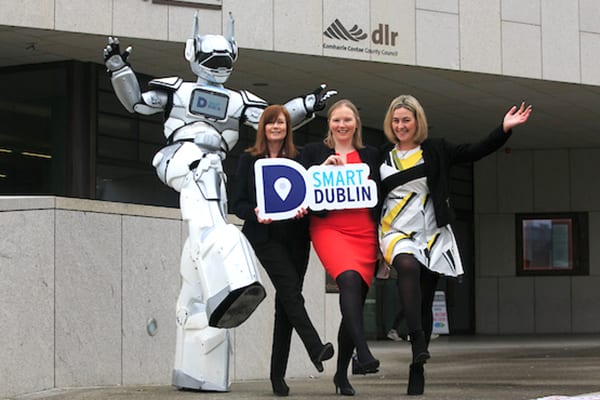
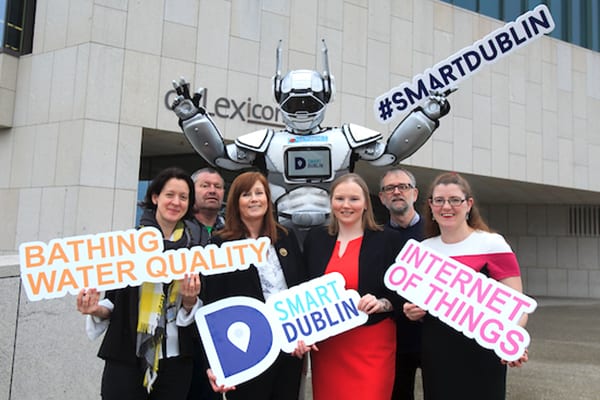
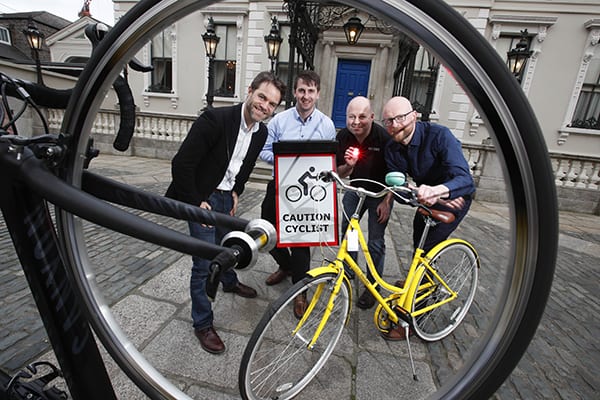


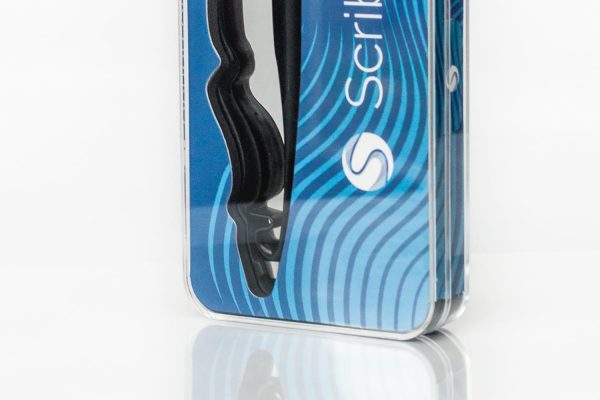

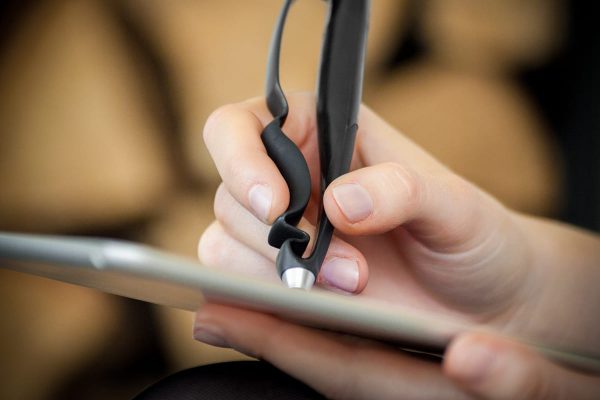

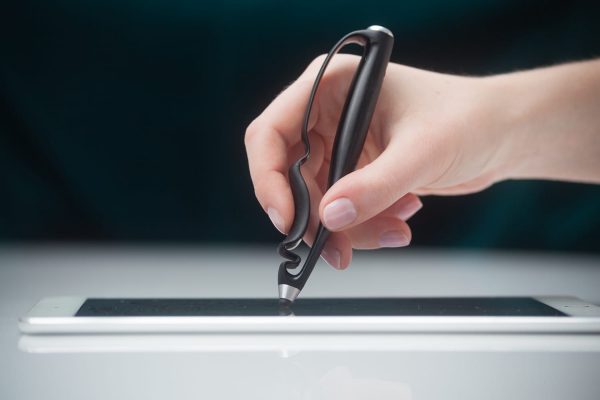

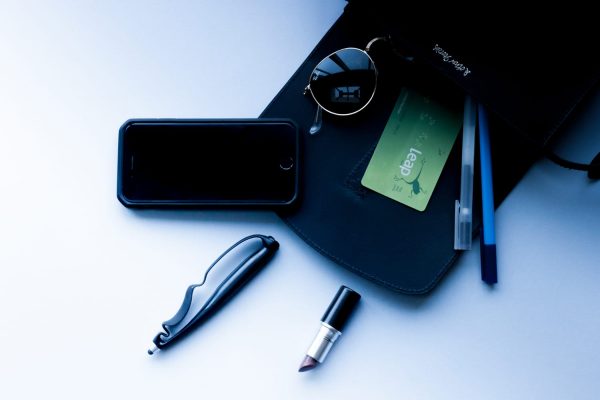
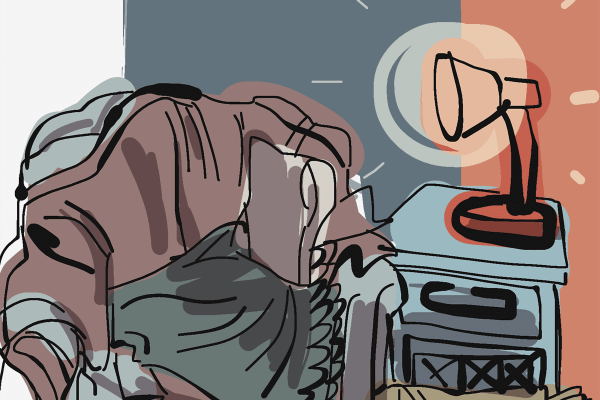










 Alan Costello
Alan Costello
